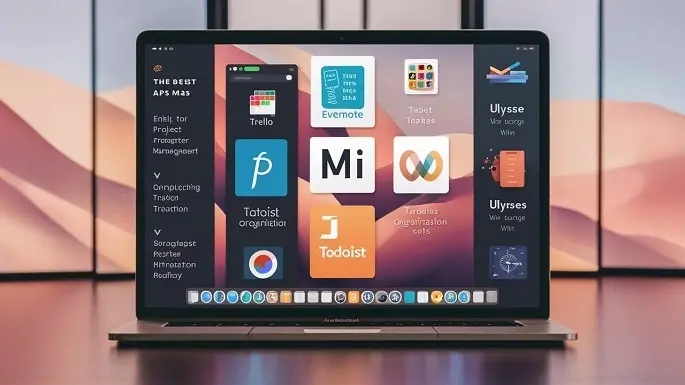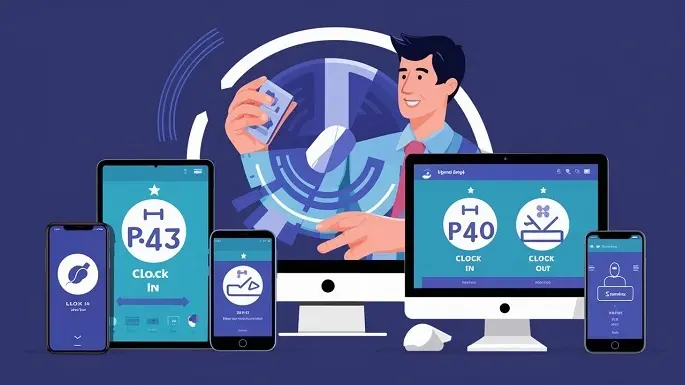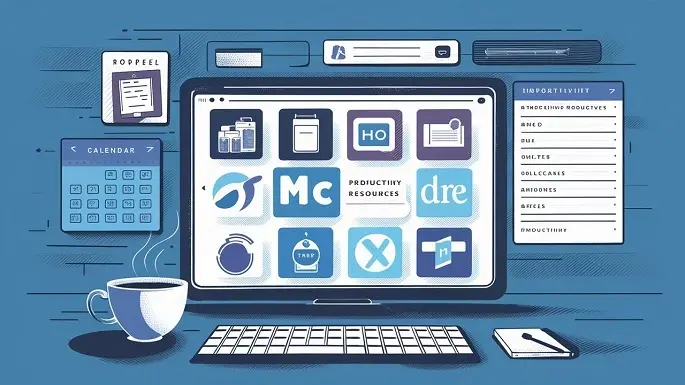Learn about the Rapid Planning Methods for Improving Your Time Management.
Even in your own home do you have that feeling that time is not enough to accomplish all the tasks that you have? Do you work hard and still have so many chores that your list never seems complete? If so, it may be beneficial to work on the correct management of time. The Rapid Planning Method is a valuable time management technique.
What is the Rapid Planning Method?
The Rapid Planning Method is a type of agile planning that is fast, lightweight, and straightforward.
The Rapid Planning Method is a simple tool that is used in the arrangement of to-do lists and the order of priorities of tasks to be accomplished. This was developed by a time management expert Brian Tracy and it is featured in his book titled “Eat That Frog! 21Great Ways to Stop Procrastinating and Get More Done in Less Time”
RPM shows you the list of tasks you should prioritize in a day to get the most output. It functions by making time management as easy and simple as possible by dividing the method into short procedures.
Here’s an overview of the Rapid Planning Method:
1. It is imperative to determine your A, B, and C tasks.
To begin with, it is possible to divide the tasks that have been written in the to-do list into A, B, and C priorities.
- A tasks are very important and defined as tasks that directly support your goals.
- B tasks are less urgent and important compared to A tasks but are still important to be completed.
- C tasks are decisional and therefore can be delegated or even done away with.
2. Apply the 80/20 Rule
The Pareto principle which is also known as the 80, 20 rule indicates that 80% of results are provided by 20% of efforts and actions. When using this rule in a work setting, select the twenty percent of the most important A tasks that will yield the most significant outcome.
3. Momentum is the most important element in the context of task focus and discovery, where you determine your Most Important Task (MIT).
Of the A tasks you identified above, choose one that will be most influential if accomplished in terms of your goals and priorities. This is your Most Important Task (MIT) of the day.
4. Establish time slots for your A tasks
On your calendar, block out the time exclusively for the completion of your A tasks with no other distractions in between. Decide how long you will need and manage your MIT time first.
5. Tackle Your MIT Early
The best time to engage in an MIT is at the beginning of the day because you are most likely to be more focused and determined. This helps it get adequate attention and does not get left out in the cold.
6. Batch Similar B Tasks Together
Accomplish multiple B tasks categorized similarly in blocks of time as you do various activities throughout your day during which your mental capacity is sharper.
Recently, a planning approach known as the Rapid Planning Method (RPM) was developed, and one might ask, ‘Why use the Rapid Planning Method?’
Here are some of the benefits you’ll gain from the RPM approach:
- The prioritization system of what’s important in your life and the creation of a Most Important Task (MIT).
- Overall, the findings suggest that the quantity and quality of task output have improved over time.
- No time wasted due to distractions or switching between tasks
- One of the most important benefits of exercising is that it helps one to feel control and accomplishment.
- Lessor stress due to the lack of goal clarity
- Concentration and productivity increased due to fewer distractions when working on a single assignment
The RPM also gives you a clear understanding of what you need to work on to achieve your objectives. This way it works to create productivity momentum as one tackles tasks one after the other. you can also consider time management software that helps you track your time.
5 Quick Strategies for Truly Stellar RPM Implementation
1. In this article, the author is going to explain how to start each day from the state of ‘reset’.
Ground rule no. 5: Take a few minutes each morning to relabel your activities and reestablish the focus of your MIT. Be ready for replanning and be prepared for different priorities.
2. Schedule time for any unknowns For example, you need to schedule some time for any unexpected items that you may encounter.
Keep your calendar flexible so that you are ready to be on call for emergencies or work that requires immediate attention. This is because one can prevent having an overload of tasks by including as many as one can fit in.
3. Know Your Peak Hours
It is also necessary to take into consideration the natural high and low of the mental energy related to the most arduous and the least challenging jobs.
4. Try Time Boxing
In accomplishing your A tasks, it is best to set a timer to have a quintessential notion of a particular block of time devoted. Stop when time is up or when there lack of ideas to be generated in the subsequent rounds.
5. Review and Iterate
To effectively use the RPM system in assisting you, take time to assess how useful it has been for you. New products are always experimental and should be adapted according to one’s schedule to fit the best.
The ‘Rise, Perform, Mobilise, Rest’ routine can help you get more done in less time.
The RAM model has a simple framework to sift through all your tasks to determine the actions that contribute to your goals at the strategic level. You should keep a daily RPM routine, since that keeps your tasks organized, takes out the confusion, and sets you up for your best days.
The steps will not create additional hours in the day but equip you with strategies on how best to utilize the existing time. If implemented systematically, the RPM creates traction in accomplishing tasks one at a time as you continue with the process.
Those of you who can barely find time for anything should try the Rapid Planning Method. Soon enough, begin working smarter, and boosting your attentiveness to beat that out-of-control list!



